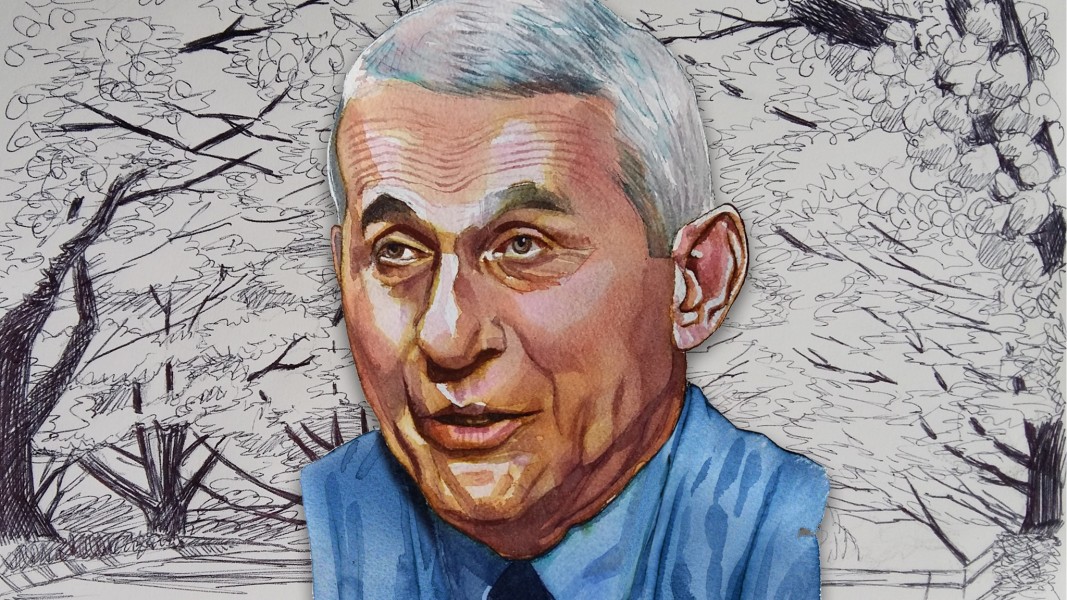






Bill Nye’s viral TikTok experiment demonstrates exactly how masks save lives
Posted by NowThis on Friday, July 10, 2020
“It took the US 99 days to reach one million cases, 43 days to get to 2 million and 28 days to add another million.” https://t.co/UeavnHwXoi
— Andrew Yang🧢🇺🇸 (@AndrewYang) July 10, 2020


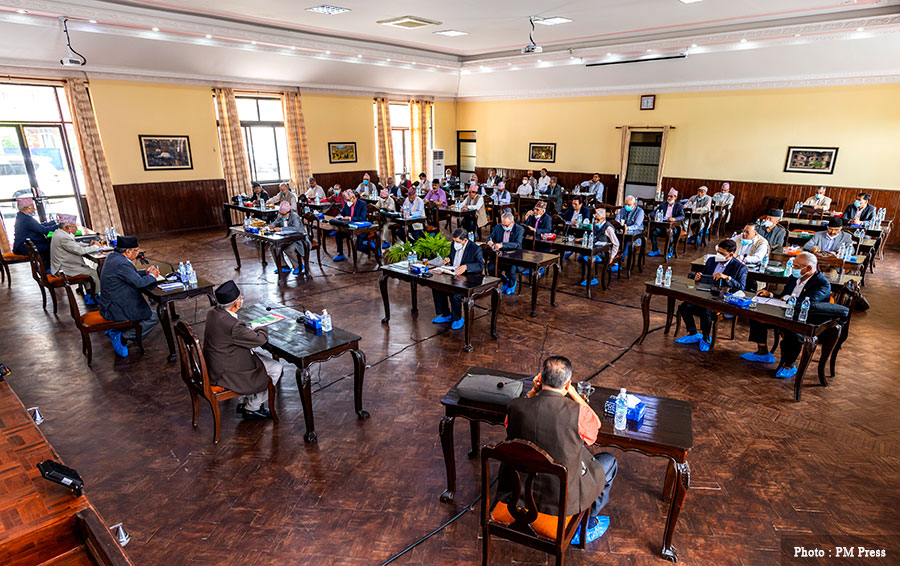
Now I'm wondering if the above tweets amount to fueling anyone's hatred against any governments. Scared.
— Stuart Lau (@stuartlauscmp) June 30, 2020

Trump's lies and incompetence have cost us lives.
— Bernie Sanders (@SenSanders) June 29, 2020
America's coronavirus cases are skyrocketing even as other major countries have controlled its spread.
Congress must step up. We need to act urgently to guarantee robust testing, tracing, masks, and medical treatment for all. pic.twitter.com/DtQLpJUaOy
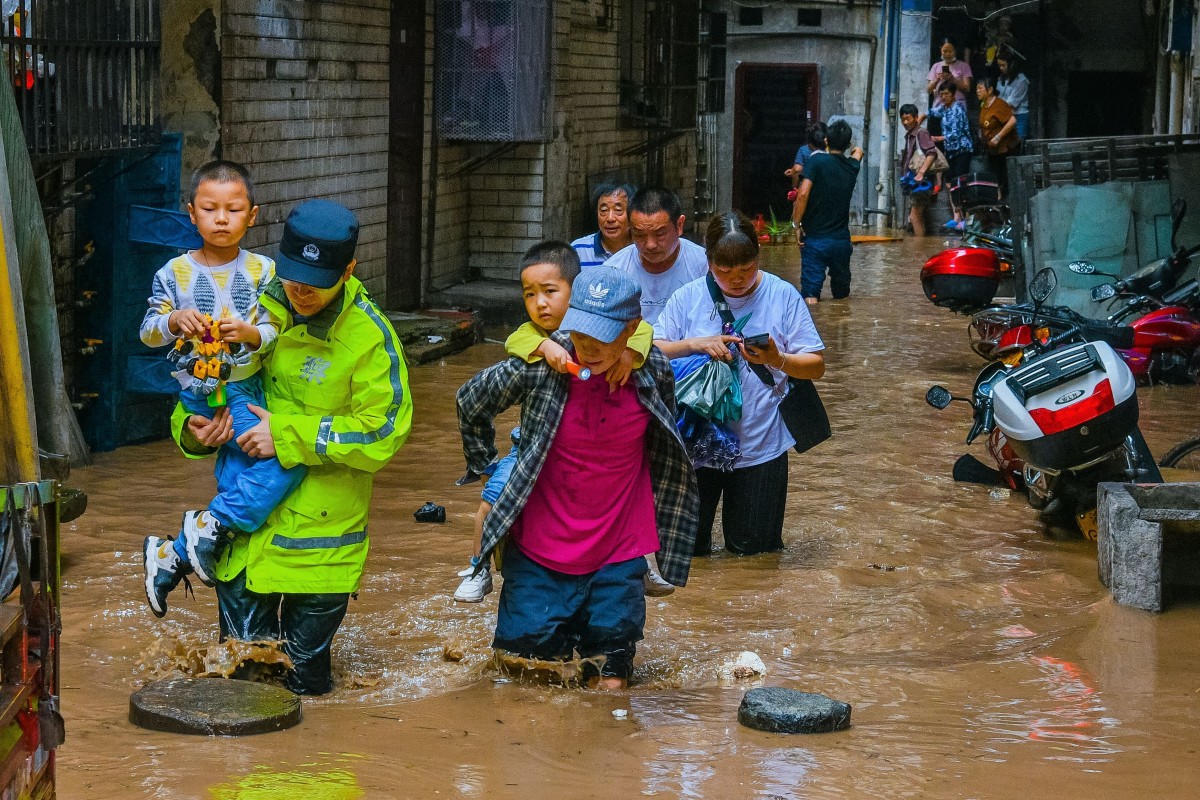
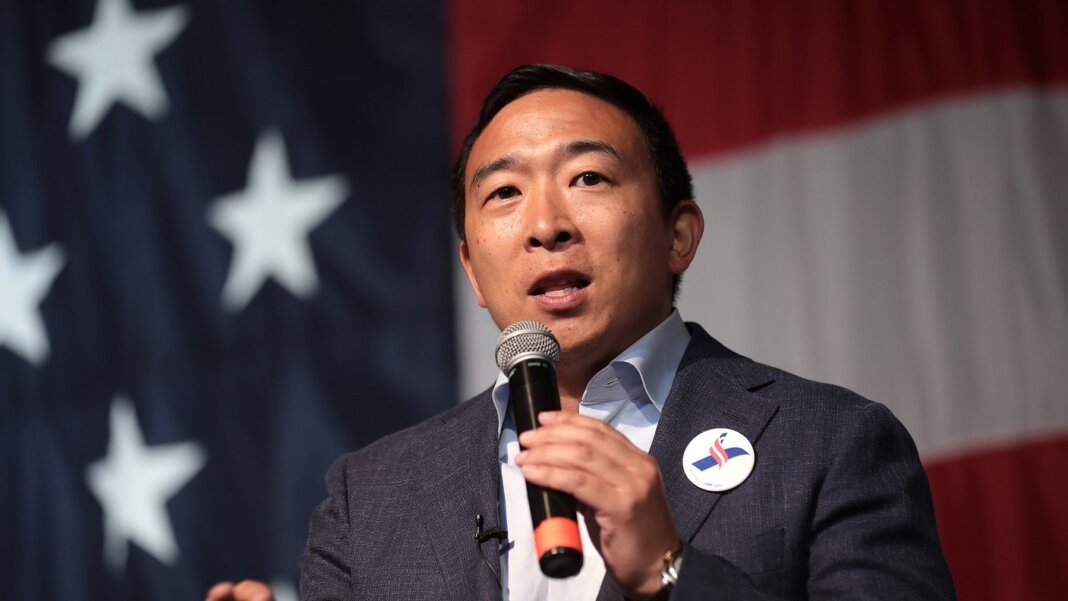
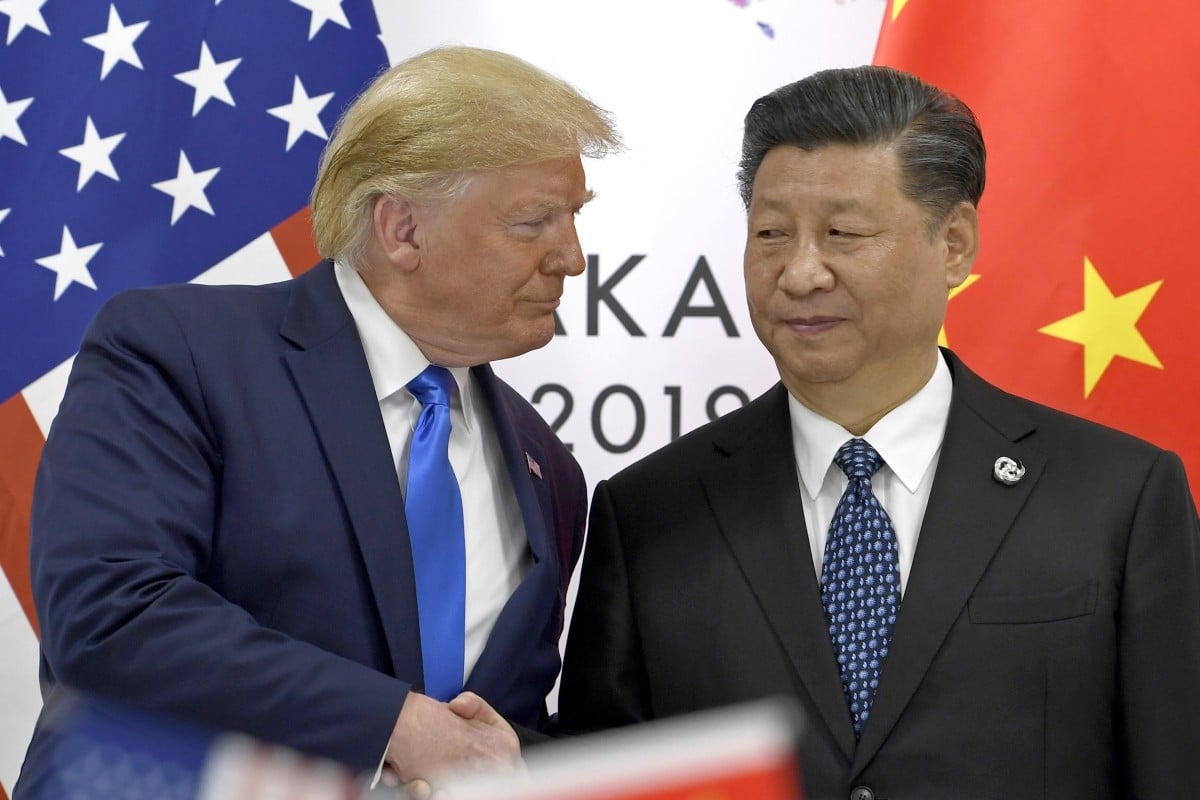
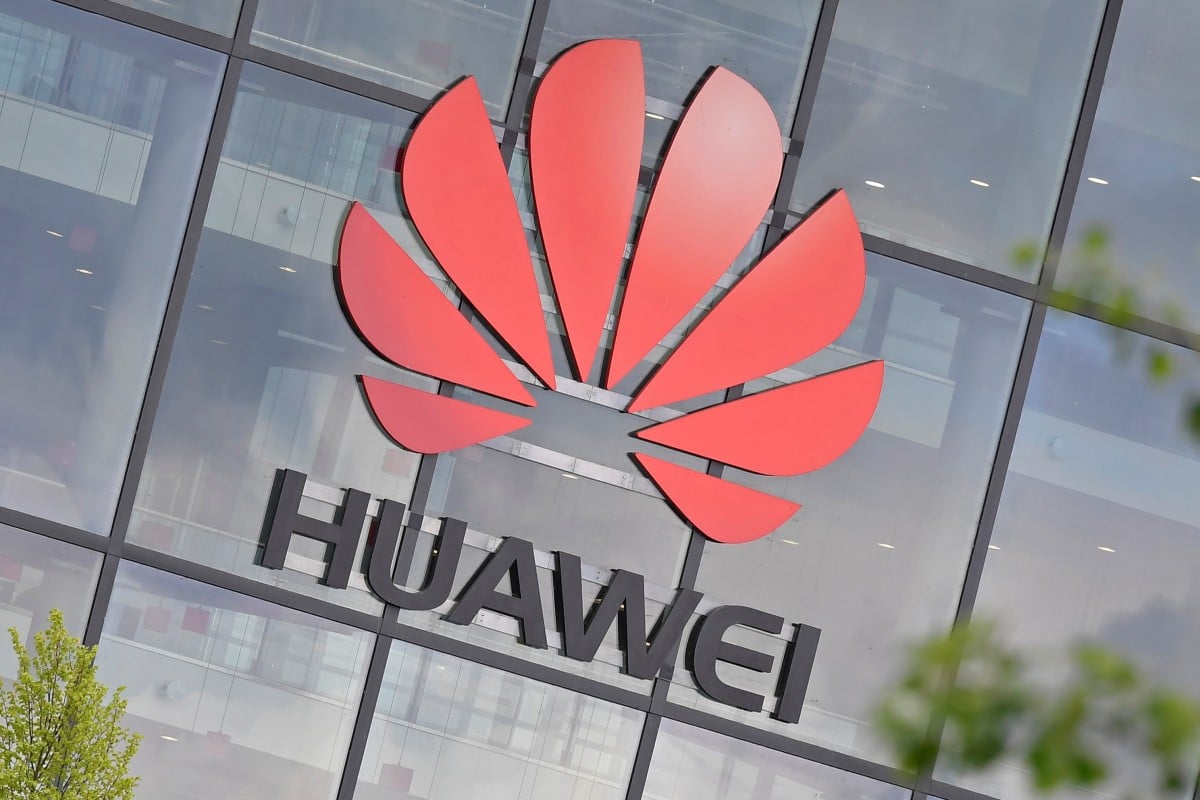
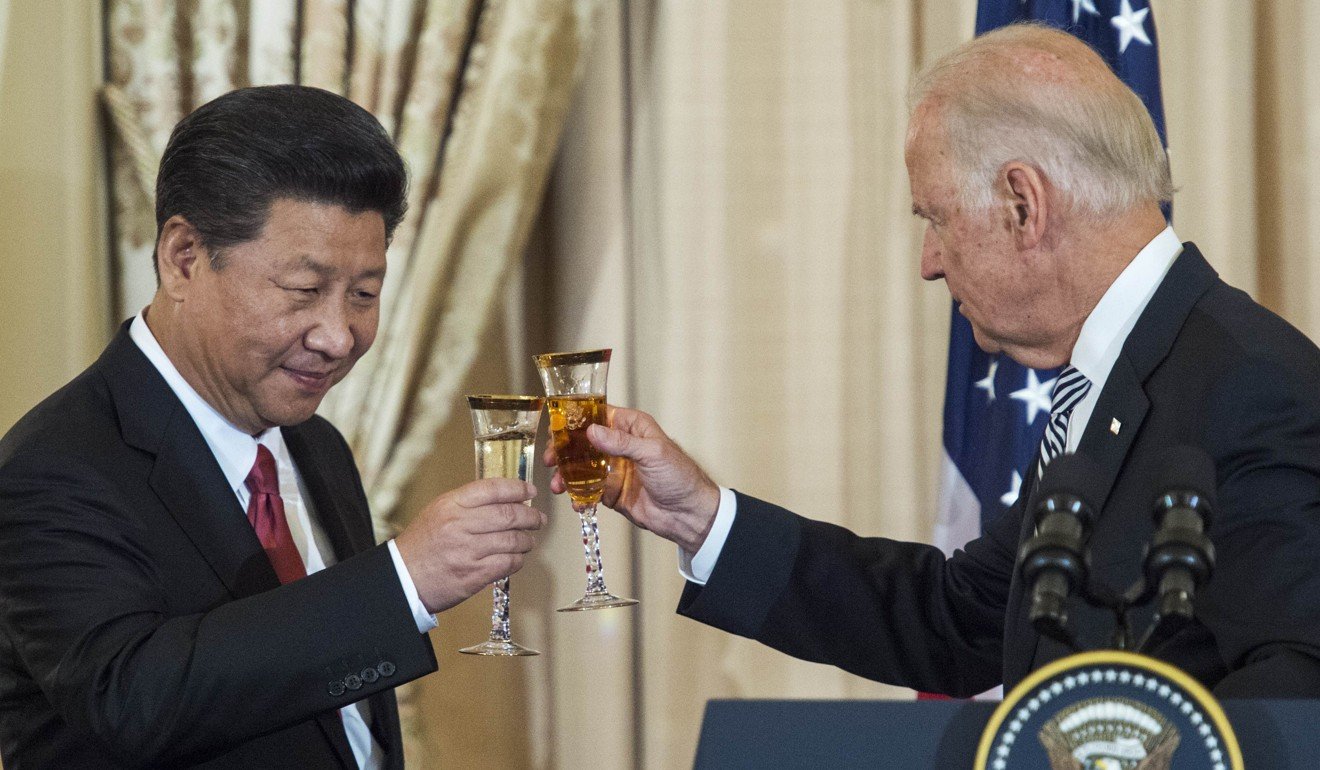
Coronavirus News (169) https://t.co/6R5SMNMhZe #China #chinaindiaborder #UnitedStates #XiJinping #coronavirus #CoronavirusOutbreak #CoronaVirusSA #lockdown #pandemic #COVID19 #COVID__19
— Paramendra Kumar Bhagat (@paramendra) June 24, 2020